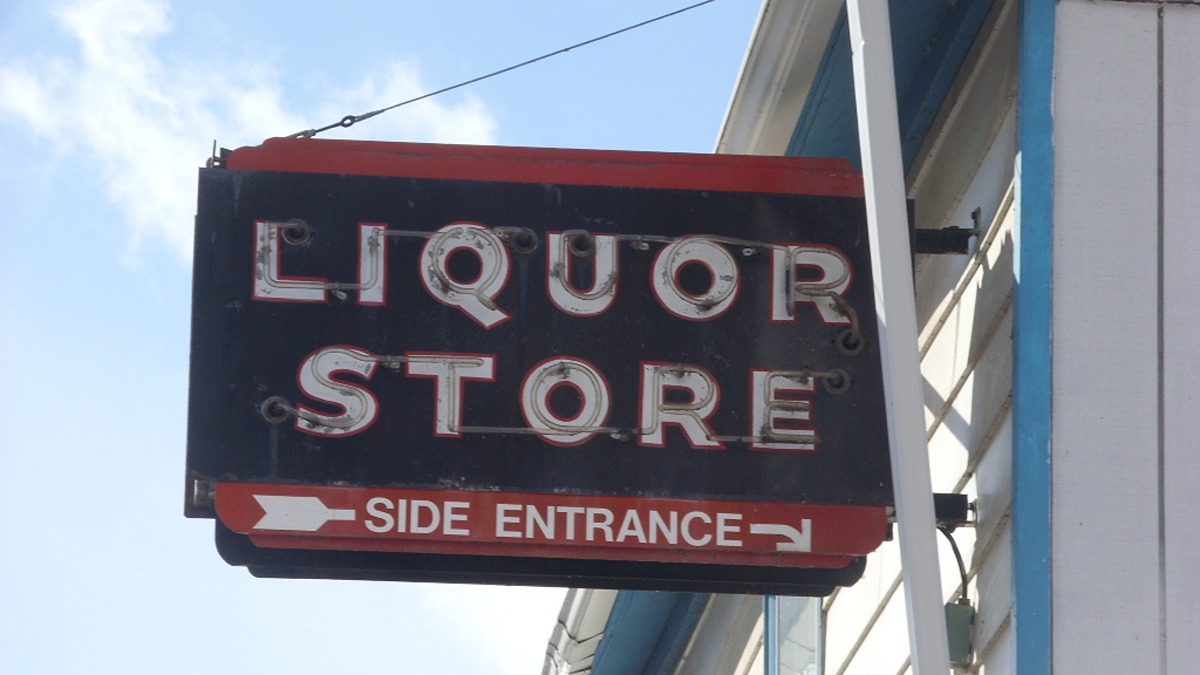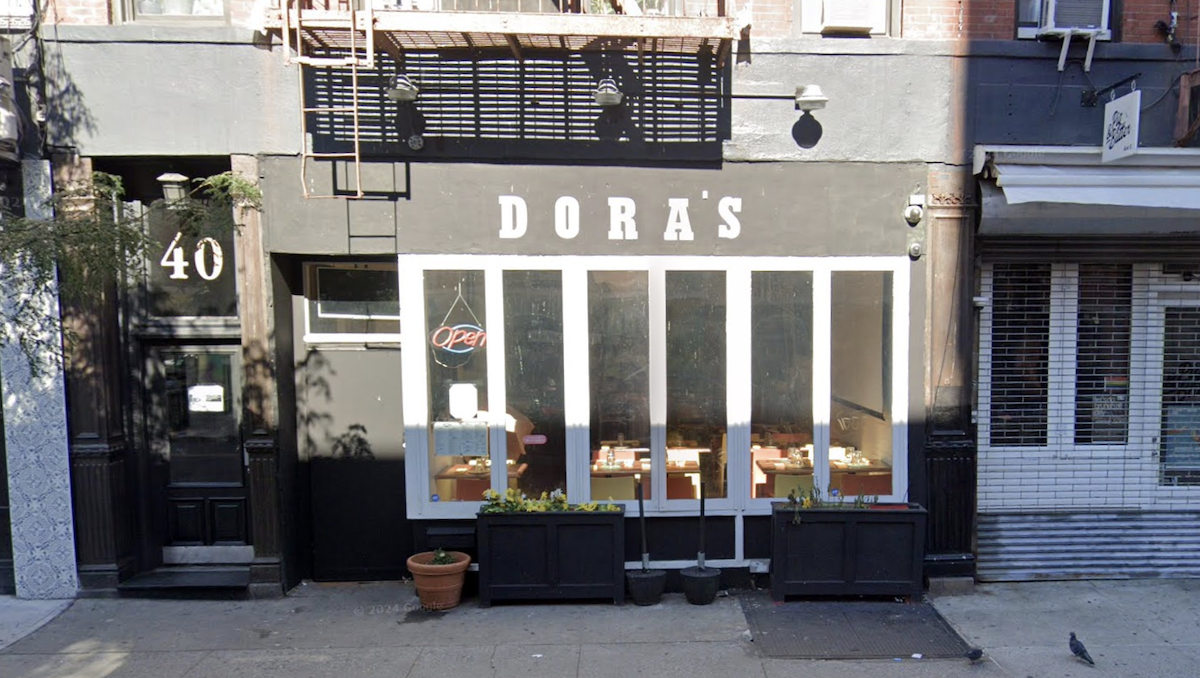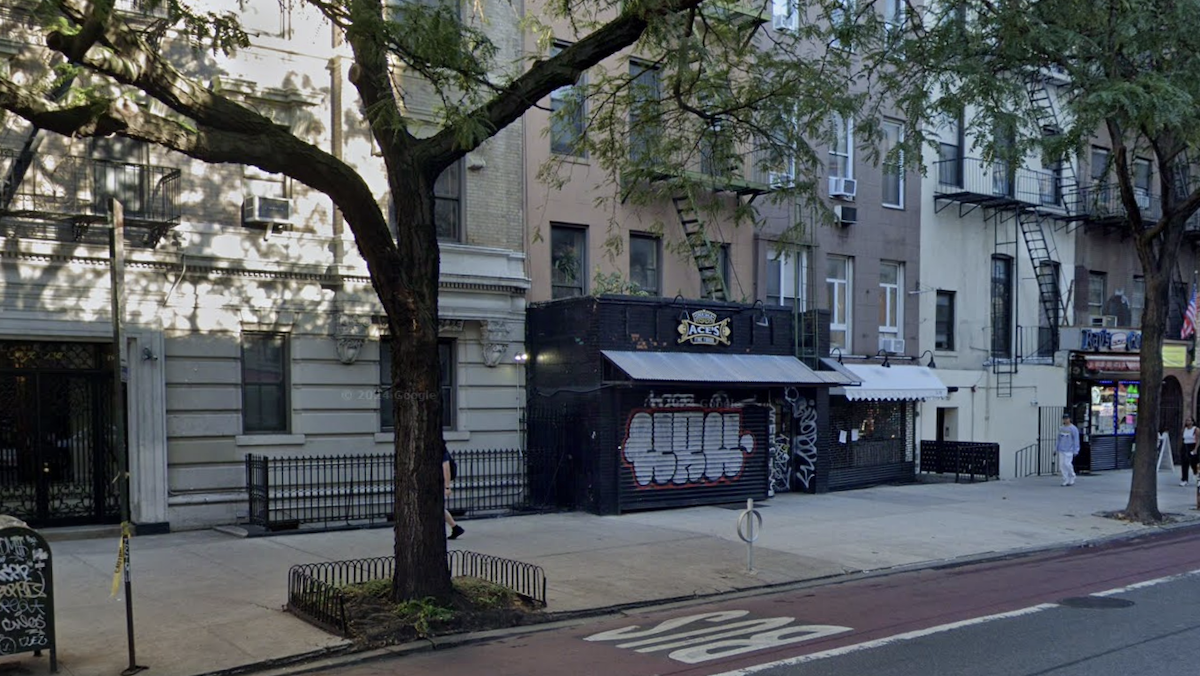On September 3, the New York City Department of Health released a report highlighting a rise in alcohol-related cancers. The report also links the growing number of liquor stores to higher cancer risks. It also assesses different types of cancers among NYC adults, which differ based on sex, race, and ethnicity.
Highlights
- A report by the DOH assessing alcohol-related cancers had brought attention to a significant threat among NYC adults.
- There is an increased engagement in heavy drinking among those living in areas with more liquor stores.
- The report also highlights the cancer types tied to alcohol abuse among different groups.
Liquor Stores to Potentially Be Reduced After New Health Report
The Department of Health released a report that is creating a potential threat to liquor stores in NYC. It assesses alcohol abuse and related cancers, and links cancer types with different groups. The report also links alcohol consumption to liquor store density in different neighborhoods.
The city is considering measures to curb heavy drinking among adults. The plans include reducing alcohol retailers in NYC, limiting advertising, and pricing strategies. The report recommends policies and community support to reduce alcohol-related harm.
More Stores, More Alcohol Abusers
According to the report by the DOH, there is a link between excessive alcohol consumption among adults and increased alcohol retailer density. The report notes that neighborhoods with more liquor stores see higher rates of heavy drinking. This, in turn, leads to several health complications, including alcohol-related cancers.
There is a higher frequency of heavy drinking in areas with higher liquor store density. When put into numbers, the frequency goes to three times that of low liquor store density areas. The lowest liquor store density area has a heavy drinking prevalence of 4%, but in the highest liquor store density area, it is 12%.
Alcohol-Related Cancer Cases Recorded Among Adults in New York
The report analyzes new cancer cases from 2017 to 2021, focusing on three cancers: colorectal, liver, and female breast cancer. 3,400 new colorectal cancer cases, 1,000 new liver cancer cases, and more than 6,600 new female breast cancer cases were documented each year.
Alcohol-related cancers include seven types: mouth, throat, larynx, esophagus, liver, colorectal, and female breast. The numbers raise a major concern for the NYC Department of Health. The department continues to run campaigns to alert the public and make an effort to increase the average life expectancy.
Disparities Between Sex, Race, and Ethnicity
Another key finding of the report was the disparities between cancer cases among groups. It shows how different cancers affect groups that differ by sex assigned at birth, race, and ethnicity. The report only focuses on colorectal cancer, liver cancer, and breast cancer.
Colorectal cancer cases were higher in men than in women. Among every 100,000 individuals, 40 men and 29 women were diagnosed with colorectal cancer. This, in turn, is higher among Black and White individuals in comparison to Latino and Asia/Pacific Islander (API) groups.
Liver cancer cases among men were found to be triple the number of female cases. For every 100,000 individuals, 13 males and 4 females were diagnosed with liver cancer. When it comes to ethnicity, Latino and API individuals had higher liver cancer rates than Black and White individuals.
White women ranked highest among breast cancer cases, with 147 new cases recorded among every 100,000 women. Among the same population, 125 cases were of Black women, 111 cases were of API women, and 94 cases were of Latina women. However, the death rates from the disease were highest among Black women.
These findings provide key insights into how alcohol-related cancers affect different groups. It shows the disparities among groups and how they are affected by the disease. A plan to tackle these numbers is now underway to ensure better health and life expectancy.
“While we are making important strides, this report from the Health Department is a clear reminder that our work to build a healthier city for all New Yorkers is far from over,” said New York City Mayor Eric Adams. “It’s especially concerning to see how the density of liquor stores in a neighborhood is linked to heavy drinking, and how this disproportionately affects communities of color. We are committed to increasing awareness of the risks of alcohol use and ensuring that everyone has access to the life-saving cancer screenings and the quality care they need.”
The report not only underscores the health risks of heavy drinking but also urges New Yorkers to take precautions. Given the link between liquor store density and heavy drinking, city officials may consider limiting alcohol retailers.













